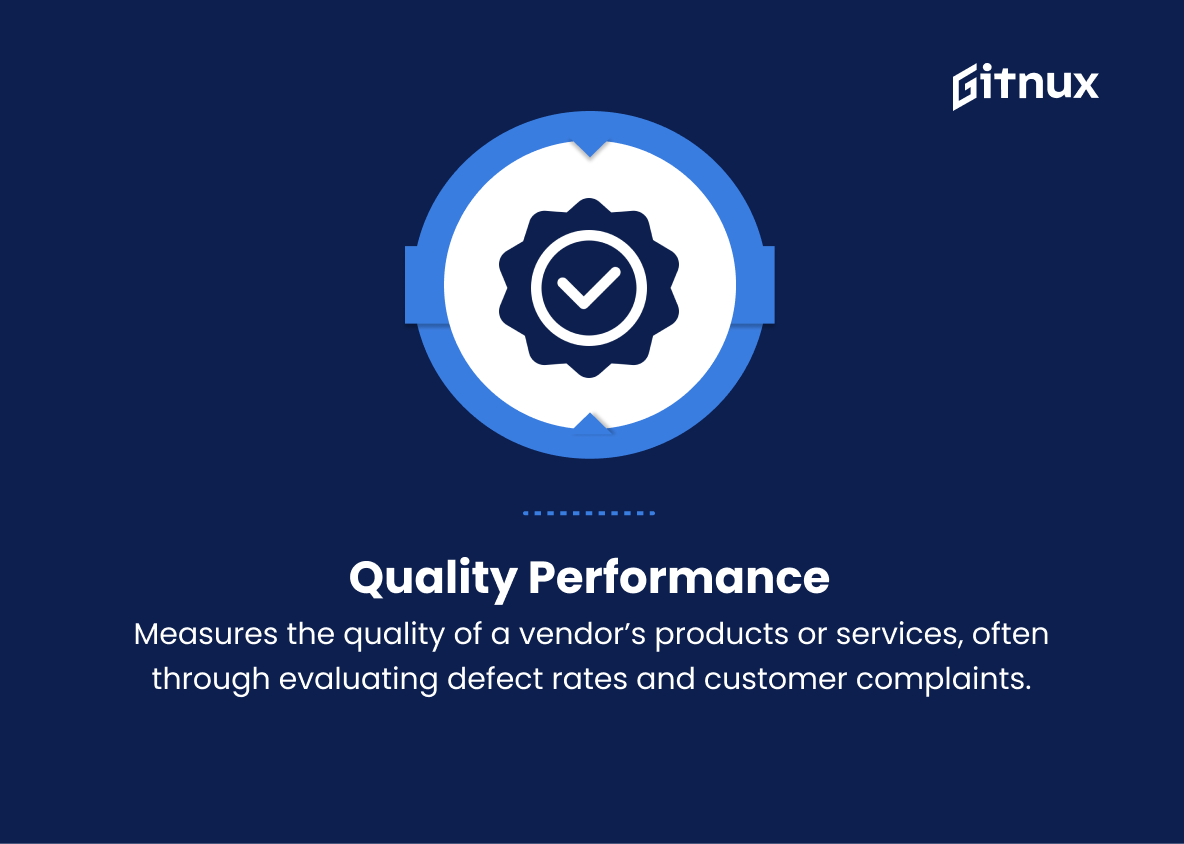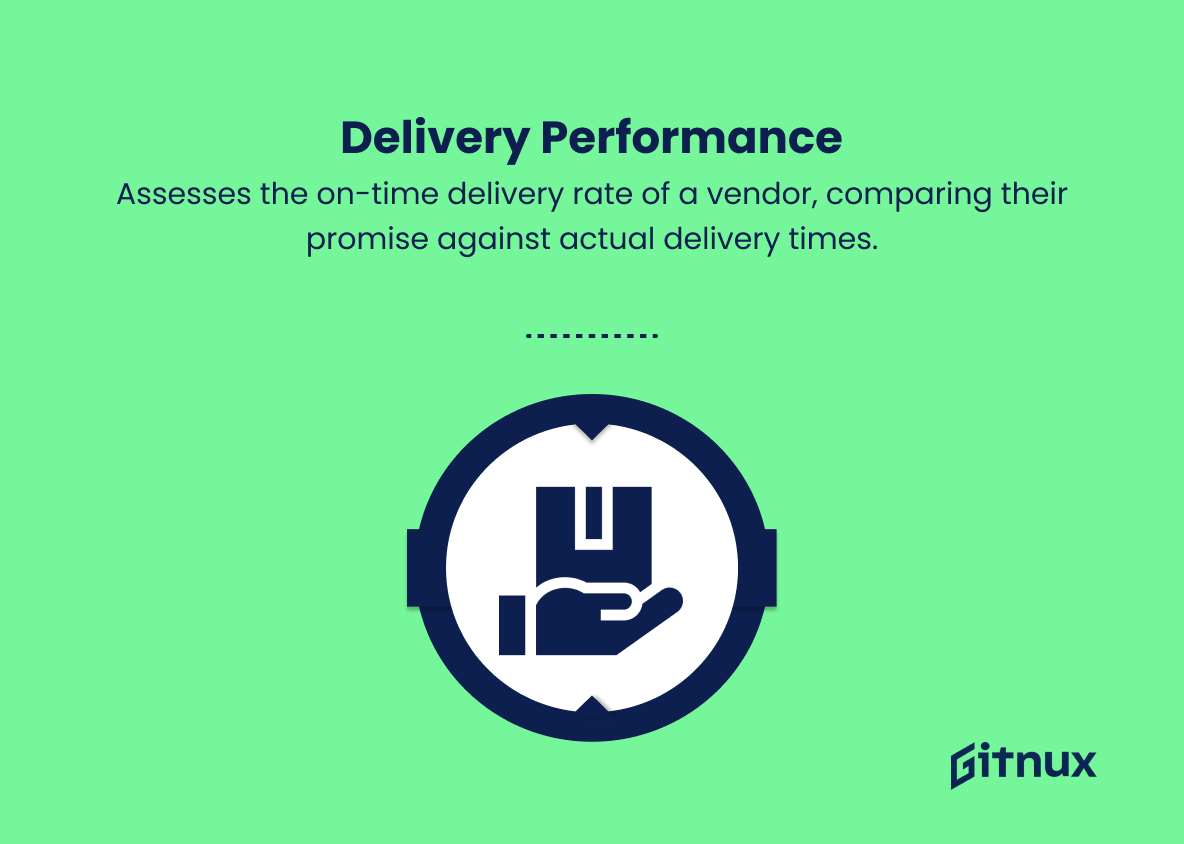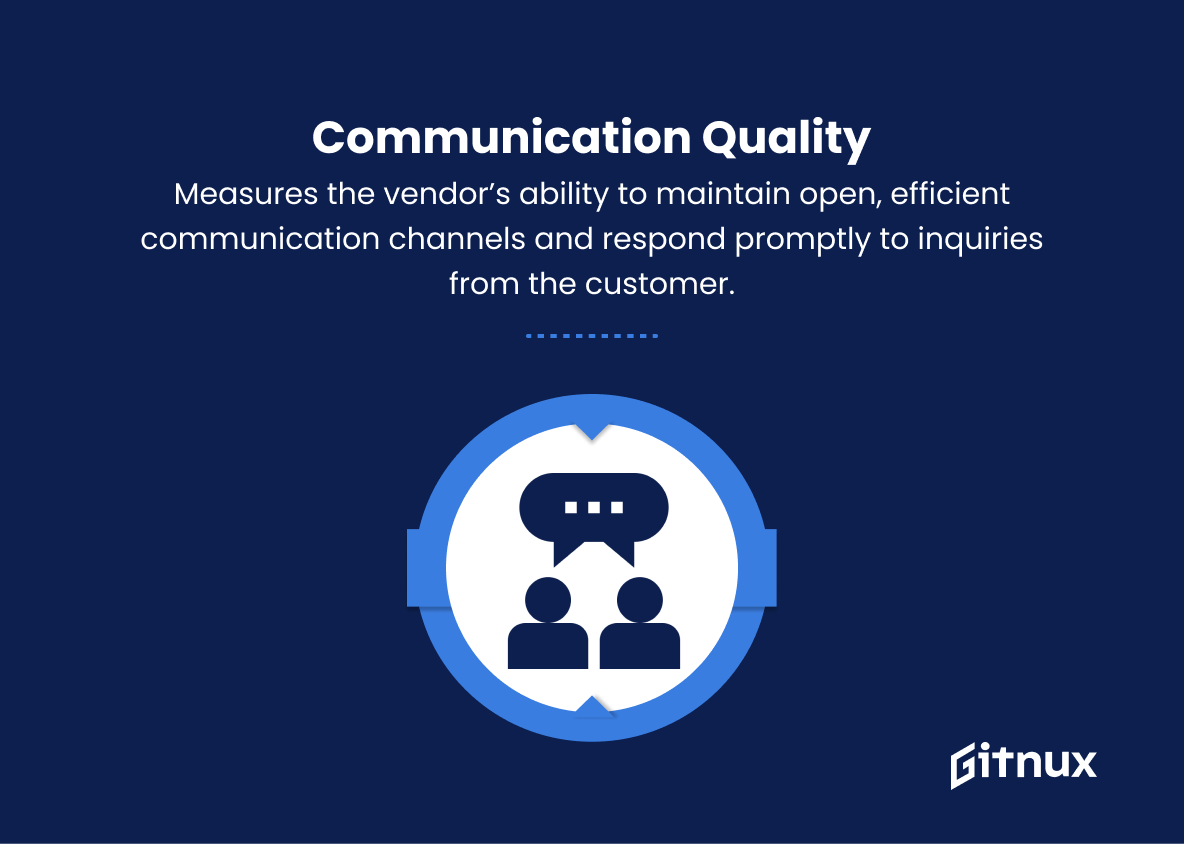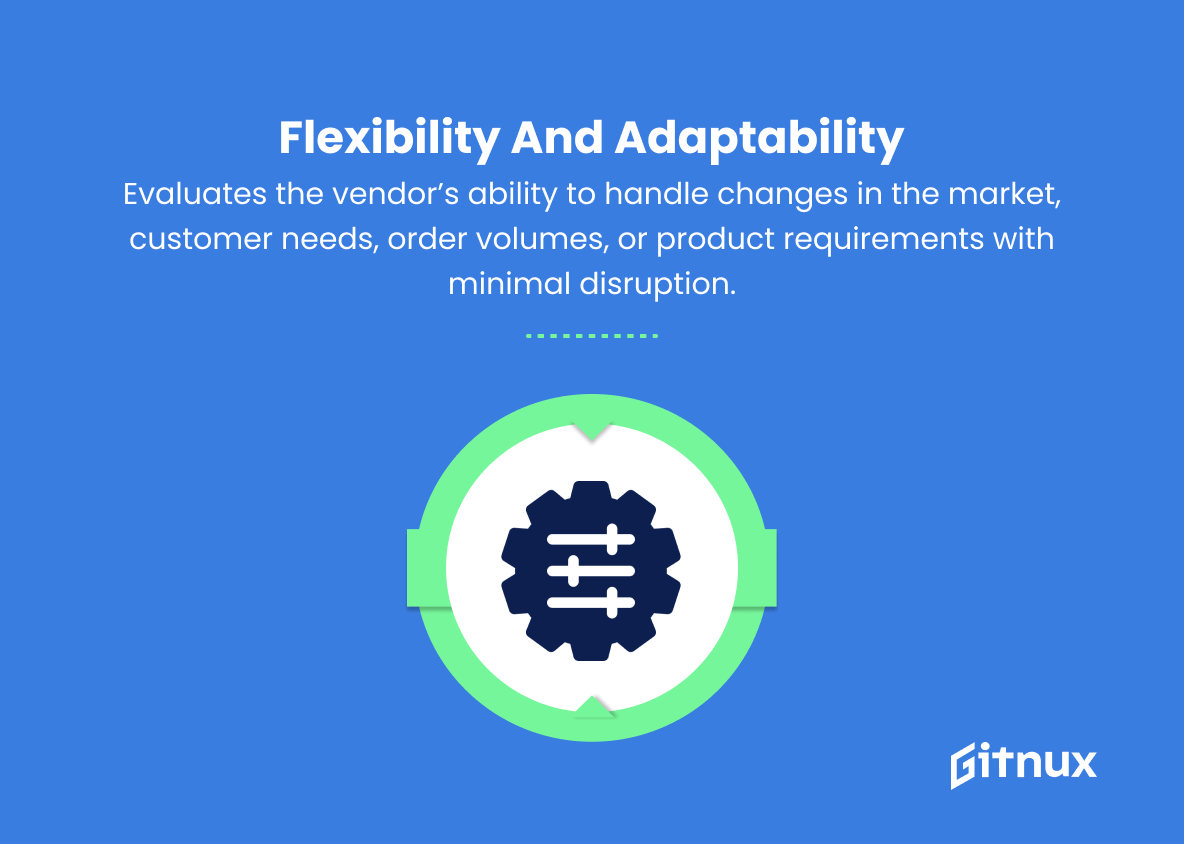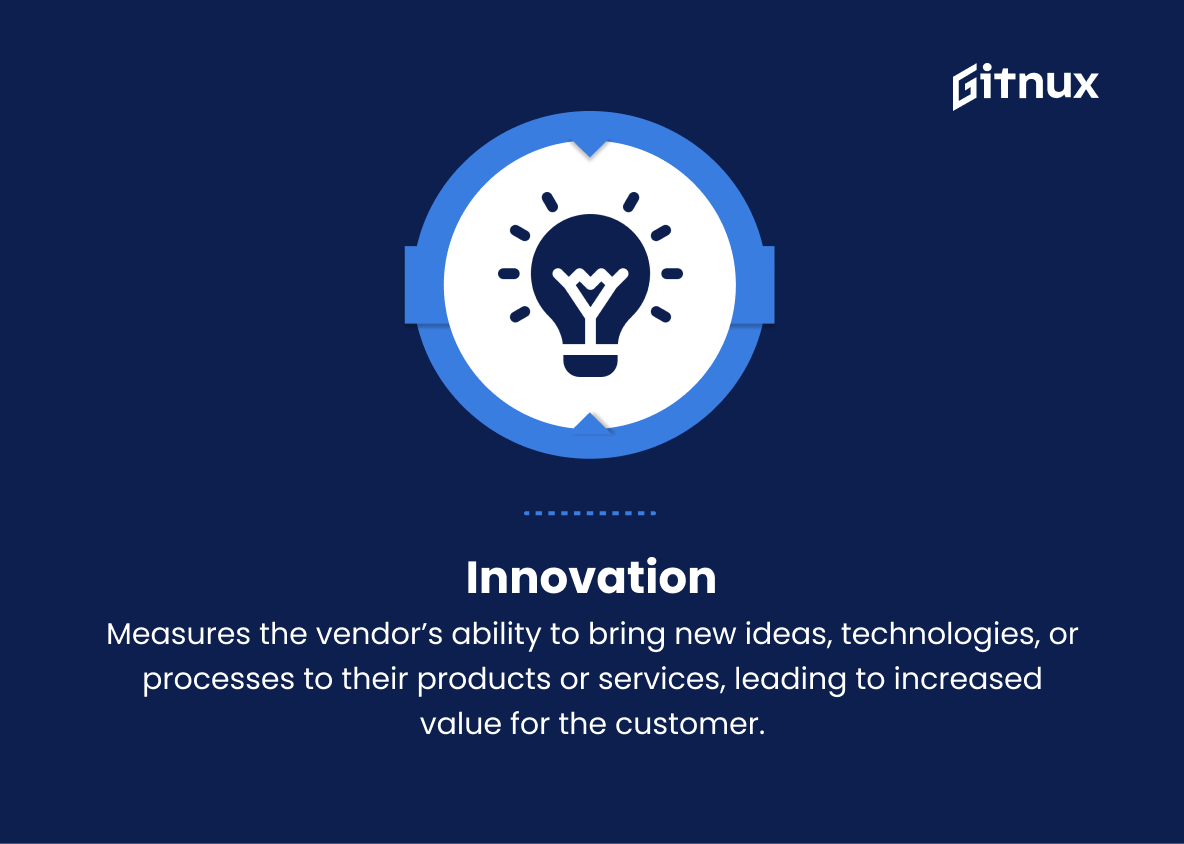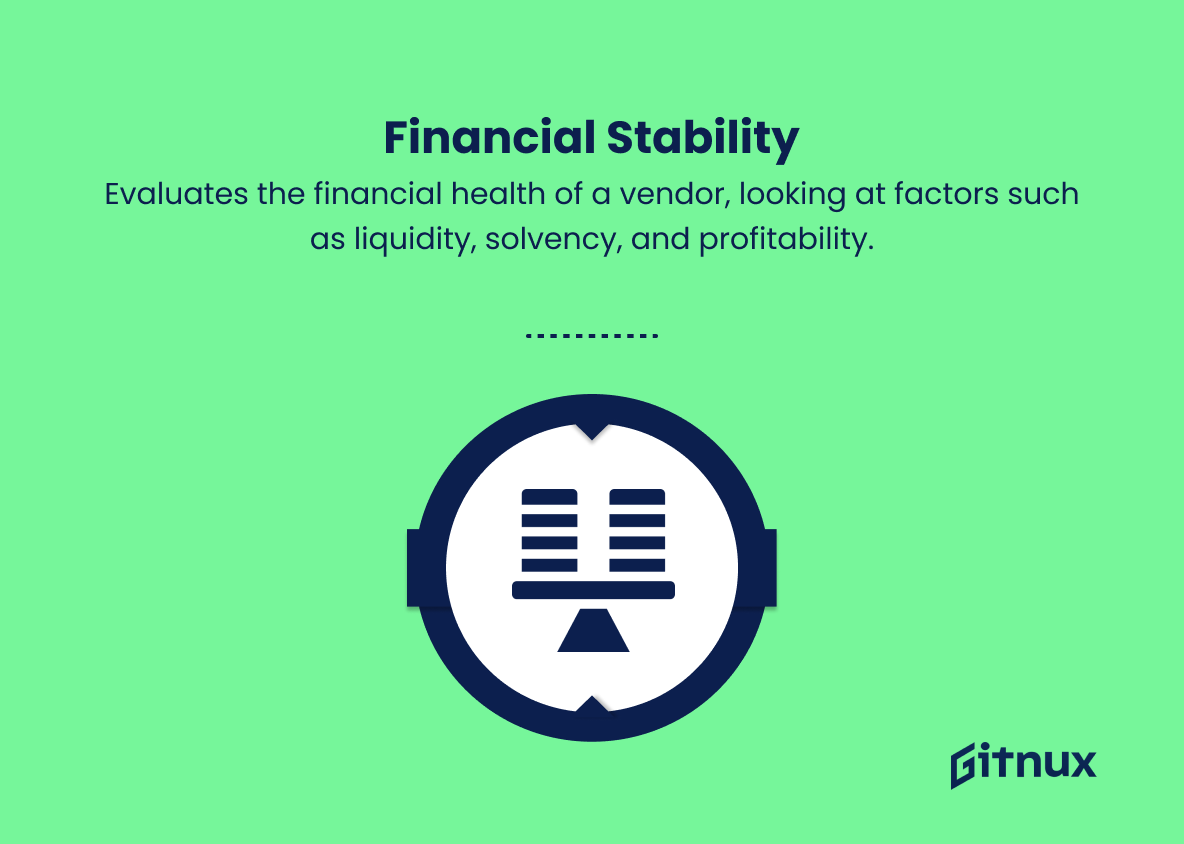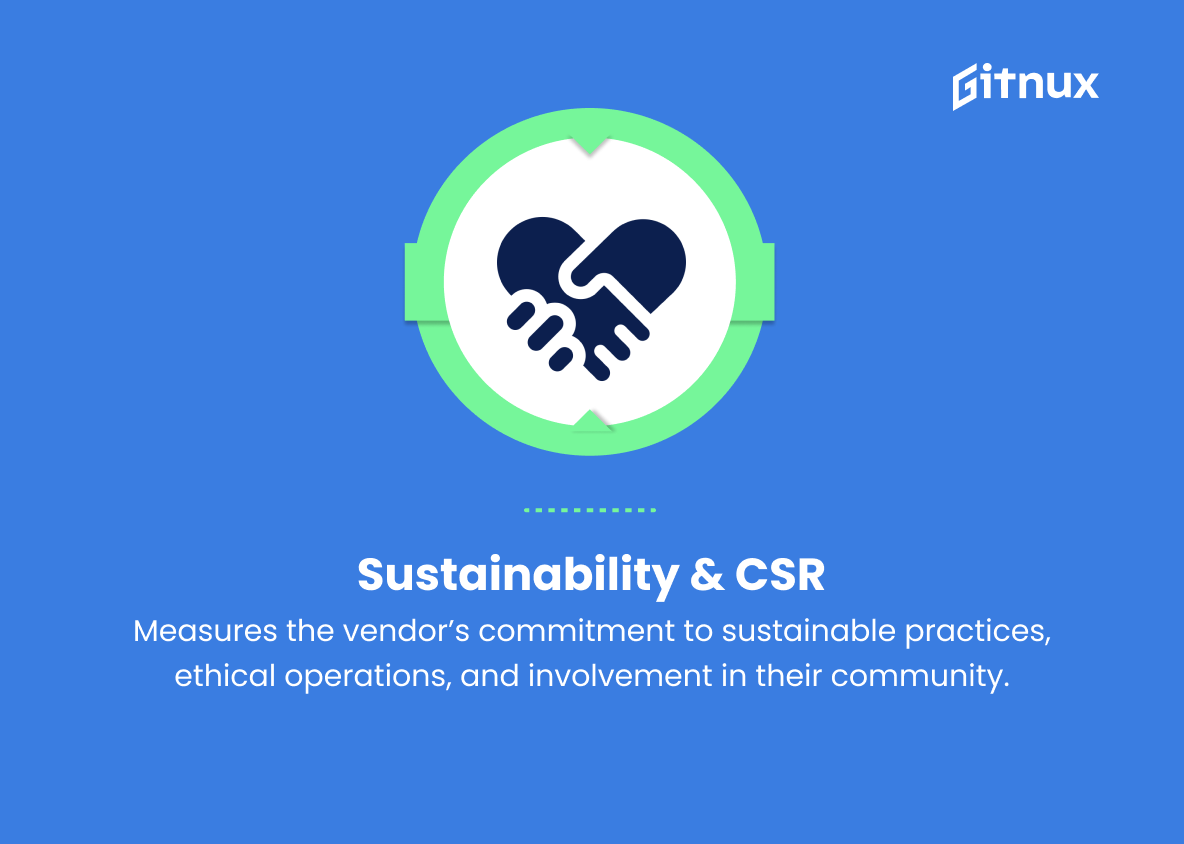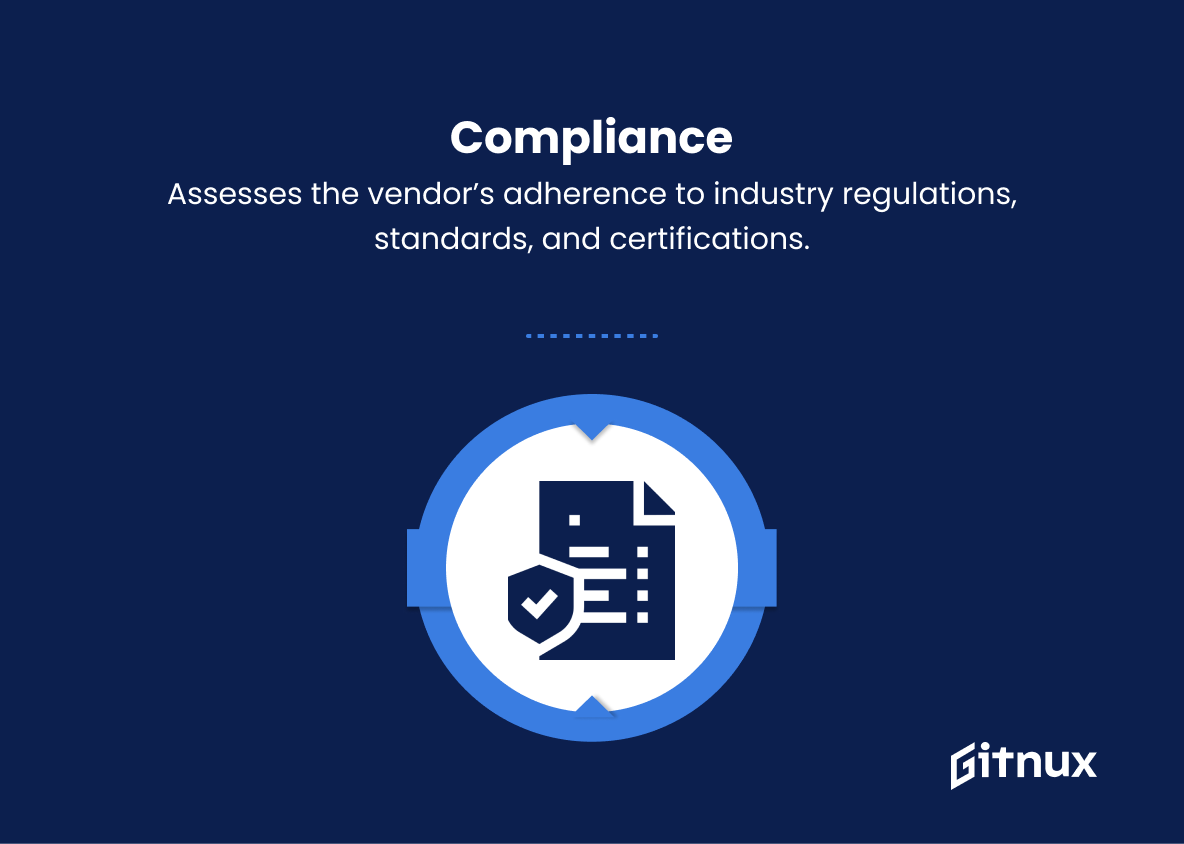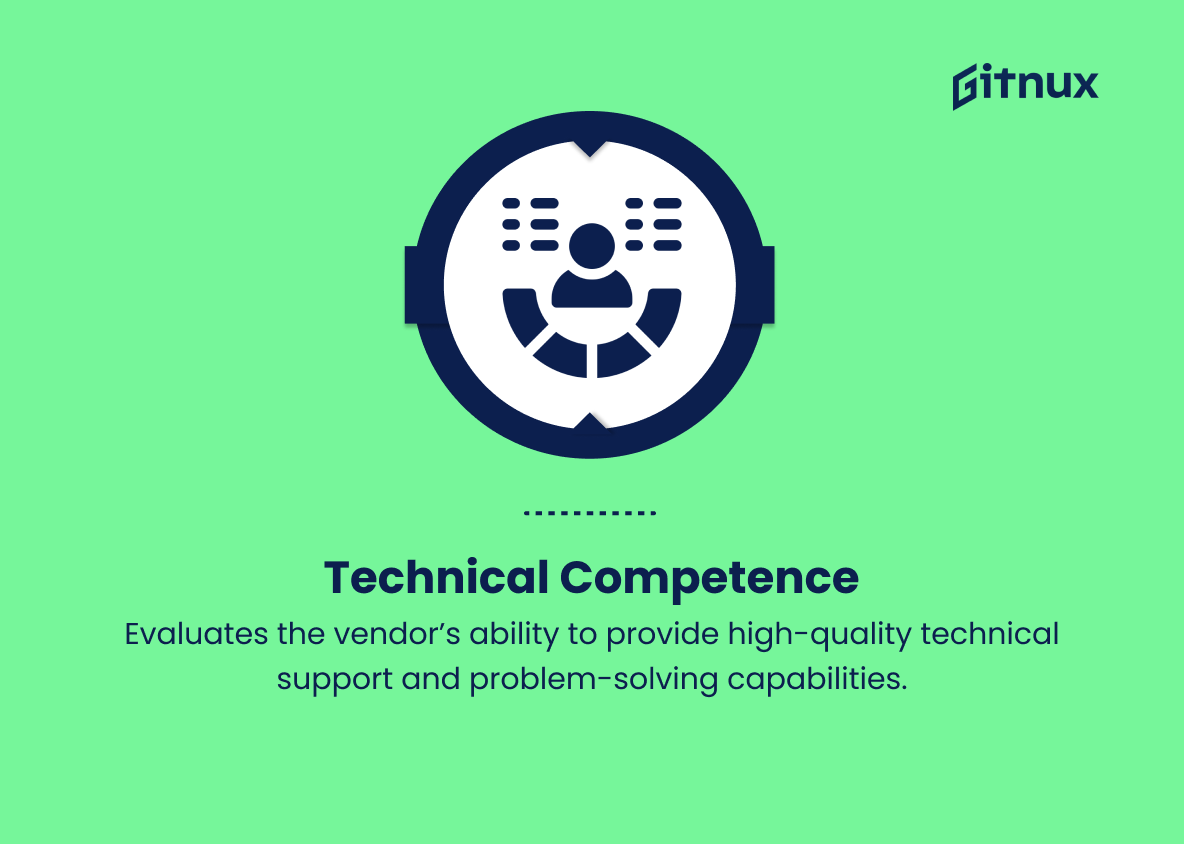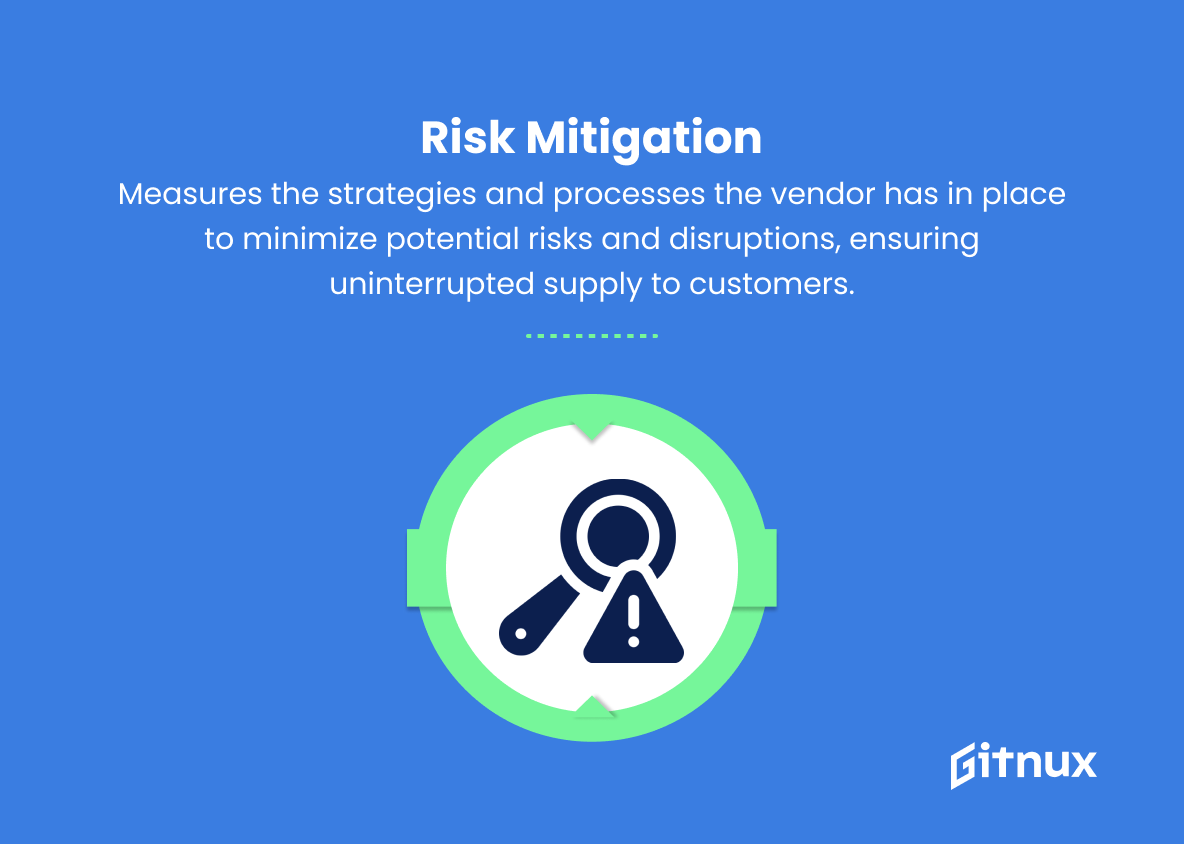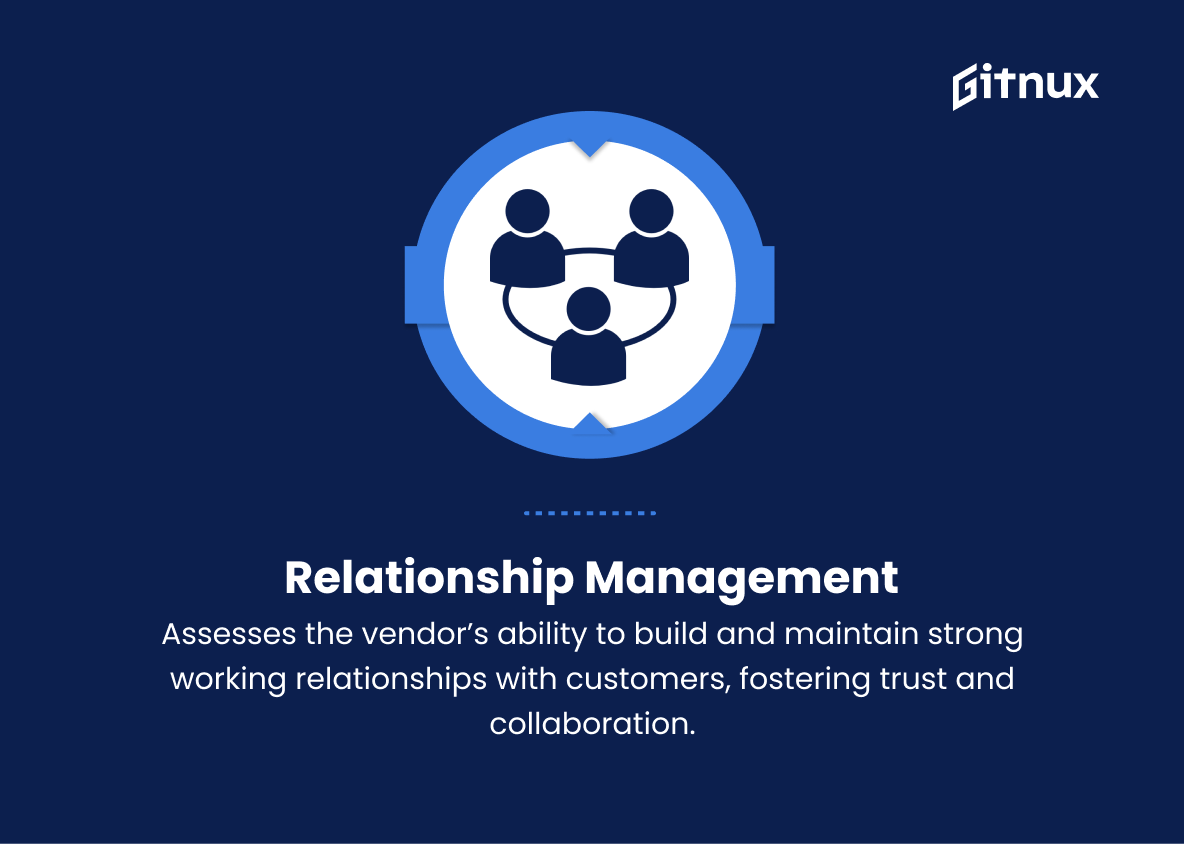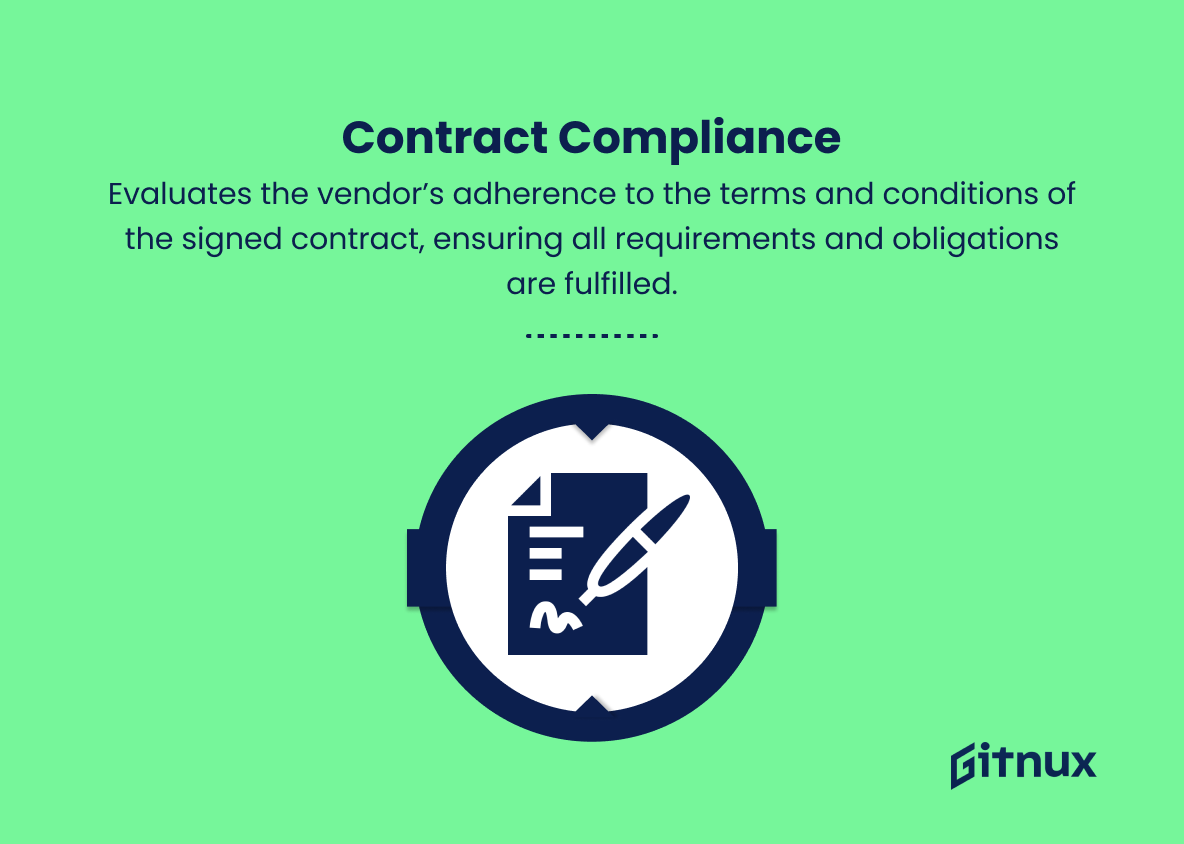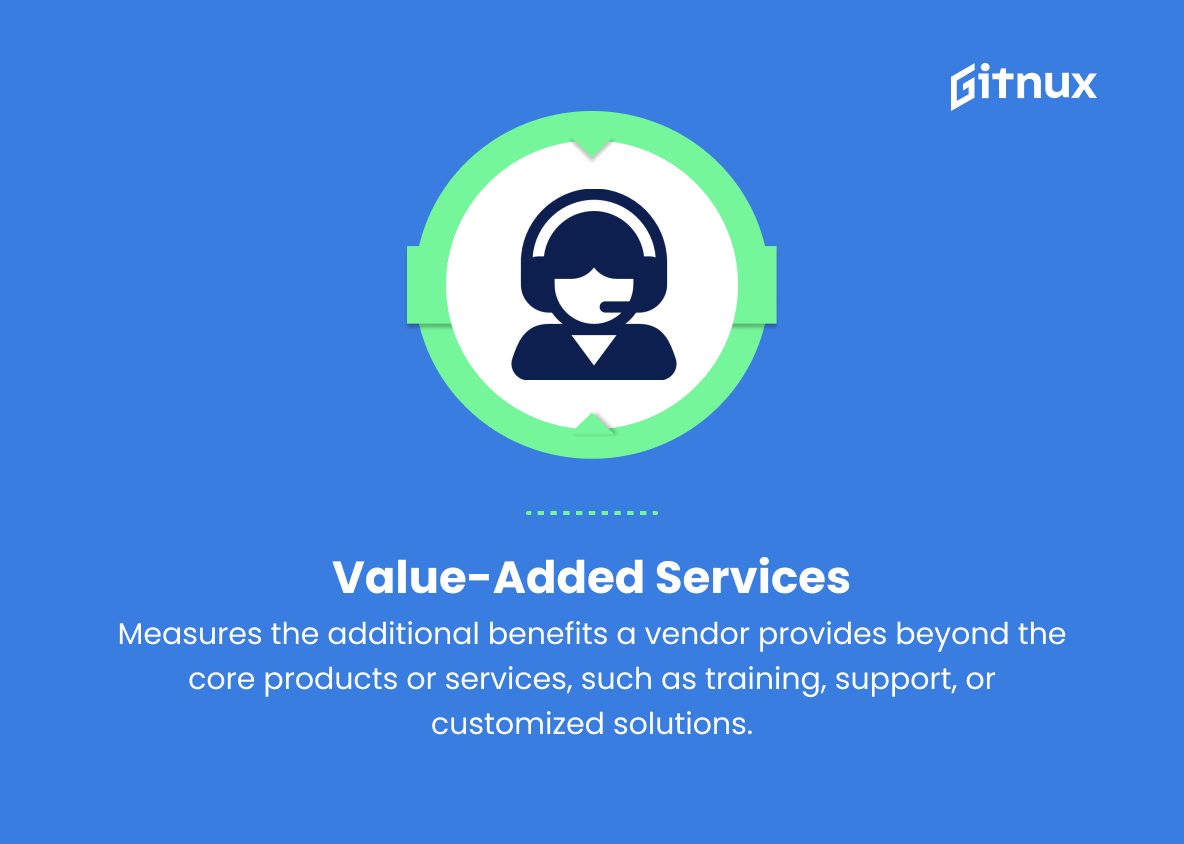In today’s highly competitive and rapidly evolving business landscape, effective evaluation and management of supplier performance are essential for achieving success. To make informed decisions when choosing vendors, companies must establish a set of key performance indicators (KPIs) that measure the specific metrics that matter most to their unique operational objectives. This is where Vendor Scorecard Metrics come into play. In this comprehensive blog post, we will delve into the importance of vendor scorecard metrics, discuss the most impactful KPIs to track, and provide valuable insights on how to implement a robust vendor evaluation system.
By the end of this article, you will possess the knowledge and tools to strengthen your organization’s supply chain, minimize risks, and maximize the value you receive from your vendor partnerships. Stay tuned as we unravel the secrets of mastering Vendor Scorecard Metrics and securing your organization’s success.
Vendor Scorecard Metrics You Should Know
1. Quality performance
Measures the quality of a vendor’s products or services, often through evaluating defect rates and customer complaints.
2. Delivery performance
Assesses the on-time delivery rate of a vendor, comparing their promise against actual delivery times.
3. Price competitiveness
Evaluates vendor pricing compared to competitors and whether the vendor offers the best value for the price.
4. Communication quality
Measures the vendor’s ability to maintain open, efficient communication channels and respond promptly to inquiries from the customer.
5. Lead time
Assesses the vendor’s ability to provide products or services within a reasonable amount of time, taking into account production and transportation.
6. Flexibility and adaptability
Evaluates the vendor’s ability to handle changes in the market, customer needs, order volumes, or product requirements with minimal disruption.
7. Innovation
Measures the vendor’s ability to bring new ideas, technologies, or processes to their products or services, leading to increased value for the customer.
8. Financial stability
Evaluates the financial health of a vendor, looking at factors such as liquidity, solvency, and profitability.
9. Sustainability and corporate social responsibility (CSR)
Measures the vendor’s commitment to sustainable practices, ethical operations, and involvement in their community.
10. Compliance
Assesses the vendor’s adherence to industry regulations, standards, and certifications.
11. Technical competence
Evaluates the vendor’s ability to provide high-quality technical support and problem-solving capabilities.
12. Risk mitigation
Measures the strategies and processes the vendor has in place to minimize potential risks and disruptions, ensuring uninterrupted supply to customers.
13. Relationship management
Assesses the vendor’s ability to build and maintain strong working relationships with customers, fostering trust and collaboration.
14. Contract compliance
Evaluates the vendor’s adherence to the terms and conditions of the signed contract, ensuring all requirements and obligations are fulfilled.
15. Value-added services
Measures the additional benefits a vendor provides beyond the core products or services, such as training, support, or customized solutions.
Vendor Scorecard Metrics Explained
Vendor scorecard metrics are essential in evaluating the overall performance of a supplier, facilitating the decision-making process for businesses seeking potential vendors. Factors such as quality performance, delivery performance, and price competitiveness ensure that the vendor provides products or services of optimal quality, value, and punctuality. Communication quality, lead time, and flexibility evaluate the vendor’s operational efficiency and ability to adapt in a dynamic market. Innovativeness and technical competence measure the vendor’s capacity to integrate cutting-edge solutions while financial stability, risk mitigation, and compliance gauge the vendor’s sustainability in the market.
Additionally, assessing sustainability and CSR, as well as relationship management, reflect the vendor’s ethical commitment and ability to develop long-term partnerships. Lastly, contract compliance and value-added services highlight the vendor’s dedication to meeting customer requirements and delivering extra value beyond their core offerings. Altogether, these scorecard metrics provide a comprehensive assessment of a vendor’s capability to meet customer expectations and maintain long-lasting business relationships.
Conclusion
In conclusion, vendor scorecard metrics play a critical role in ensuring successful and long-lasting supplier relationships. By consistently tracking, evaluating, and optimizing these metrics, businesses can make informed decisions and maintain a strong pool of high-performing vendors.
Utilizing a consistent and data-driven approach to vendor evaluation enables enhanced collaboration, improved efficiency, and lower risks associated with unforeseen supplier-related disruptions. As supply chain management continues to evolve, companies that prioritize and refine their vendor scorecard metrics will be better equipped to adapt to changes and maintain their competitive edge.
